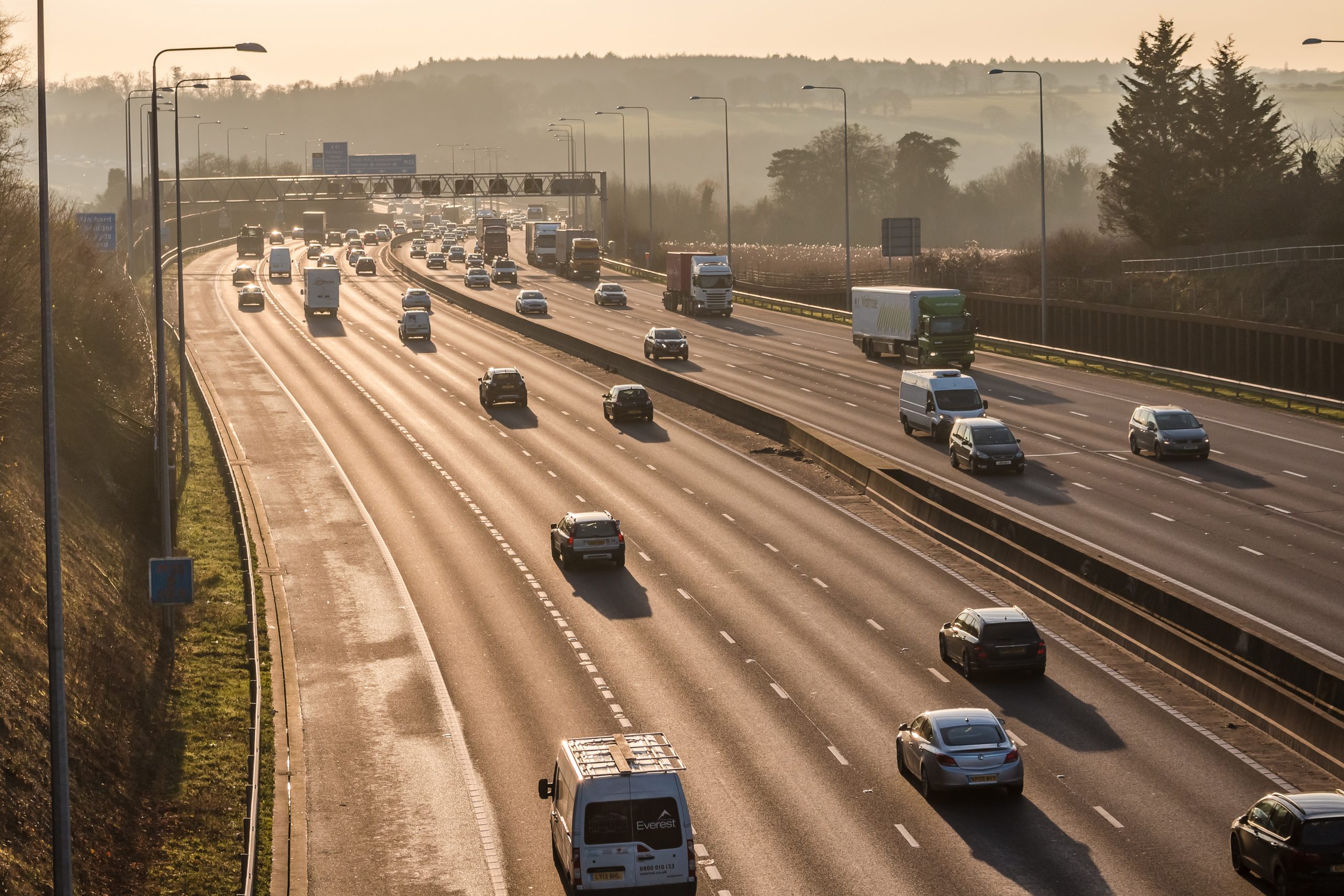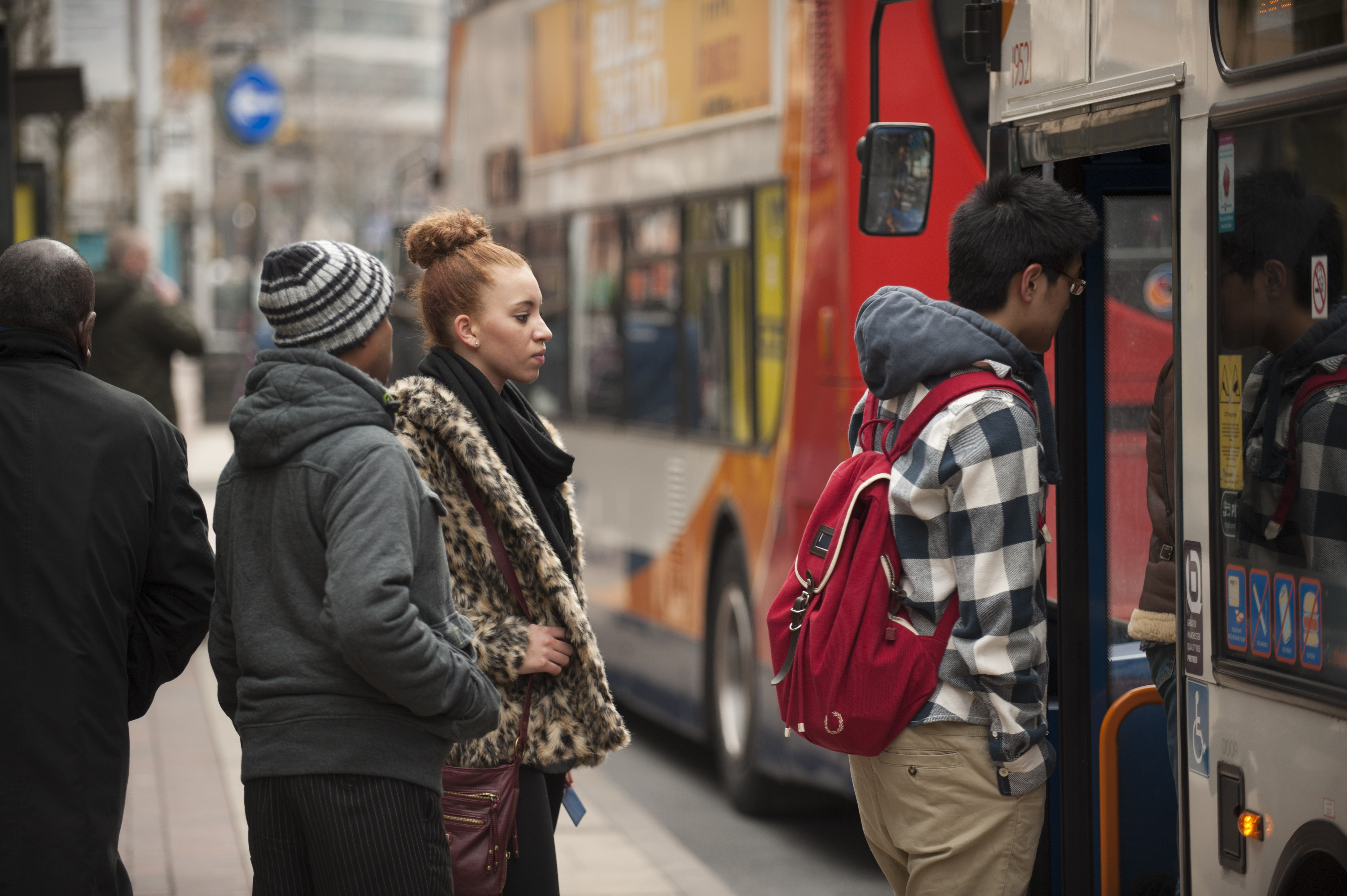
How can transport operator websites better serve passengers during Covid-19?
23 September 2020
We know many passengers are still concerned about getting back on public transport. Alongside others, one way transport operators can demonstrate what they are doing to make journeys safe is through information on their websites. Many people look online to understand the measures being taken to keep them safe throughout their journey. Can the industry do a better job at facilitating this?
In our latest report from our rail community it tells us that the tone of messaging is just as important as the content – operators need to show that they are taking the situation very seriously. And they must tread carefully – being too optimistic about returning to rail can come across as reckless and unsafe.
As one participant said about a particular operator’s site:
“We’re in the middle of a pandemic and there’s no mention of the word ‘COVID.’ This to me means they’re not taking it seriously and it does not inspire confidence.”
This comment demonstrates how having Covid-19 safety advice and information front and centre on the landing page is crucial – it should be the first thing passengers see. Additional proof points such as photos and other visual cues showing how and how often the train is being cleaned, how social distancing is being enforced, and where the operator might be going above and beyond the current guidance will help to build trust and reassurance. The community feels that operators such as ScotRail, Southeastern and London Northwestern Railway are seen to be doing a good job, but there is always room for improvement.
When it comes to information about how busy or crowded the train will be, the rail community thinks there is work to be done in the current circumstances. Data that is based on pre-Covid average demand is no longer fit for purpose. There is a need for more dedicated and explicit information on how busy trains will be during the pandemic. National Rail’s ‘keep me updated’ messenger tool is well liked as it provides in-the-moment updates. The more specific, up-to-date, and accessible the information is, the better.
The traffic light key to indicate busyness on the London Northwestern website was well-liked as it very clearly signposts what passengers want to know.
One participant commented “I think the traffic light computing works very well! I’d definitely like to see this going forward, even after the pandemic – it would make travelling easier for me and I’d feel safer on the journey and able to choose an alternative if it were too busy.”

Websites are an important communication tool, particularly at a time like this where people are out of their normal routines, seeking information and reassurance. The industry needs to respond to this by keeping website information up-to-date, specific and relevant, with an appropriate tone. Some operators are seen to be doing a good job at this – around half were satisfied with the ease of finding out how busy the train would be before travelling* in our weekly survey, and around three quarters were satisfied with their overall train journey*, however these scores could be higher. At such a crucial time for transport, can we be doing more?
*Last three waves (28 August – 13 September 2020) from Travel during Covid-19 survey.






